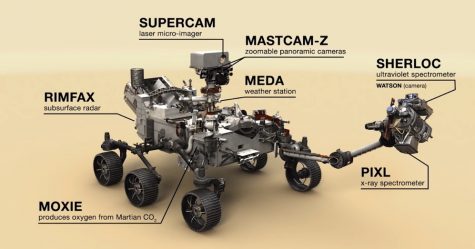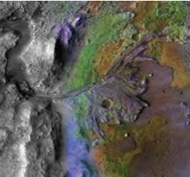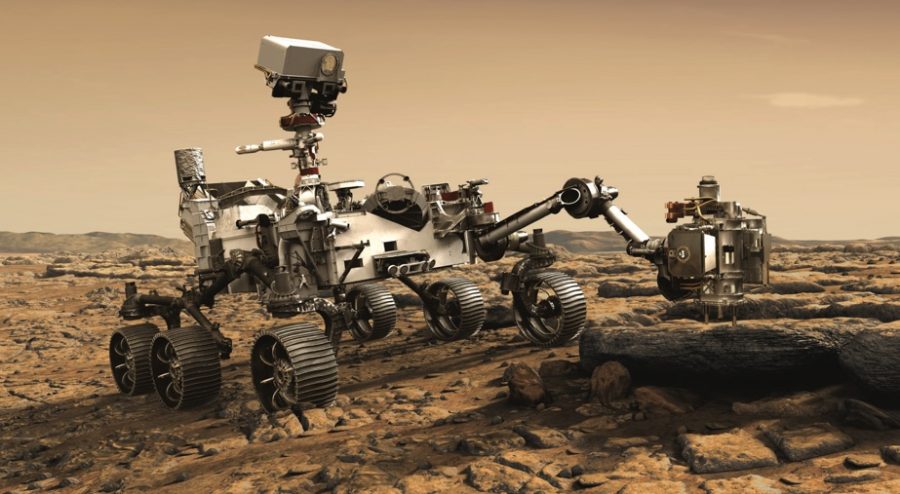Mission – Mars 2020
The Mars 2020 Perseverance Rover lands on Mars.
March 11, 2021
Over the past two decades, missions flown by NASA’s Mars Exploration Program have shown us that Mars was once very different from the cold, dry planet it is today. Evidence that was discovered by landed and orbital missions, points to speculations of wet conditions billions of years ago. These environments lasted long enough to potentially support the development of microbial life.
The Mars 2020 Perseverance Rover is designed to better understand the geology of Mars and seek signs of ancient life. The mission will collect and store a set of rock and soil samples that could be returned to Earth in the future. It will also test new technology to benefit future robotic and human exploration of Mars.
Main Jobs
The four main jobs of the Perseverance Rover are to look for habitability, to seek biosignatures, to collect samples and to prepare for humans.


| Looking for Habitability: | Identify past environments capable of supporting microbial life. |
| Seeking Biosignatures: | Seek signs of possible past microbial life in those habitable environments, particularly in special rocks known to preserve signs of life over time. |
| Collecting Samples: | Collect core rock and “soil” samples and store them on the Martian surface. |
| Preparing for Humans: | Test oxygen production from the Martian atmosphere. |
The Sandscript talked to some students and staff about the mission and the potential of humans living on Mars someday.
“I think it is awesome that we are exploring outer space and particularly Mars as we need to seek out ways to avoid an extinction level event. I have zero interest in leaving this planet, however, and hope that we can do everything to defend our home rather than escape it,” CHS Social Studies teacher Chris Lowery stated.
“I think exploring the possibility of establishing a civilization on Mars is important for scientific advancement. However, I believe what’s more important is to avoid catastrophic threats (such as climate change) that we’re dealing with here on Earth. However, I would definitely move to Mars given the chance,” said CHS junior, Mark Jewison.
Mission Timeline
- Launched on July 30, 2020 from Cape Canaveral Air Force Station, Florida
- Launching on a ULA Atlas 541 procured under NASA’s Launch Services Program
- Landed on Mars on February 18, 2021 at the site of an ancient river delta in a lake that once filled Jezero Crater
- Spend at least one Mars year (two Earth years) exploring the landing site region

